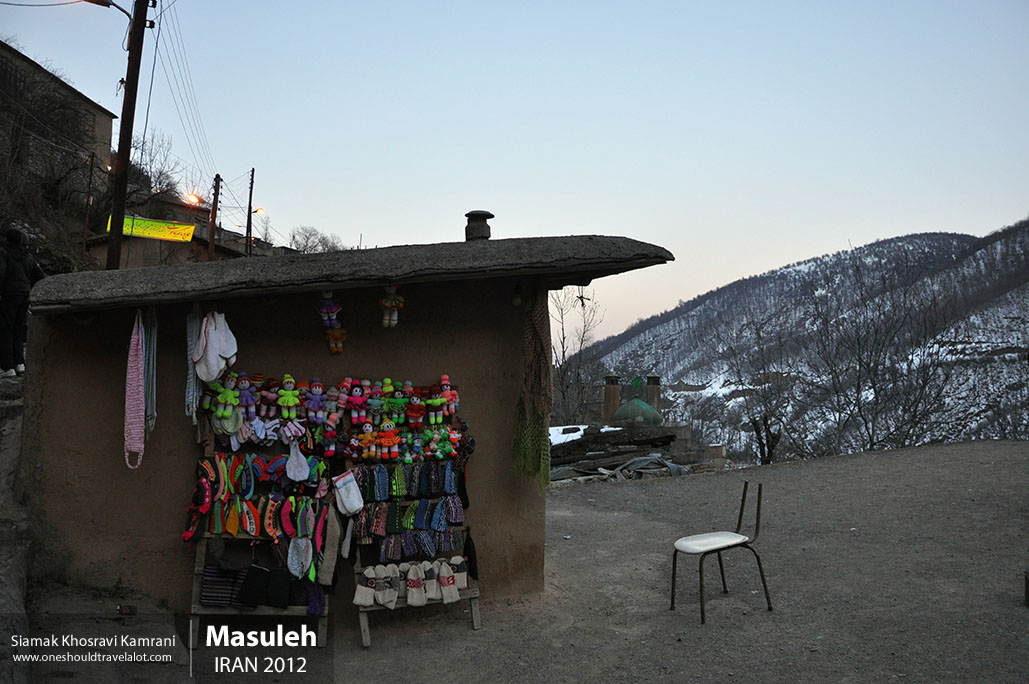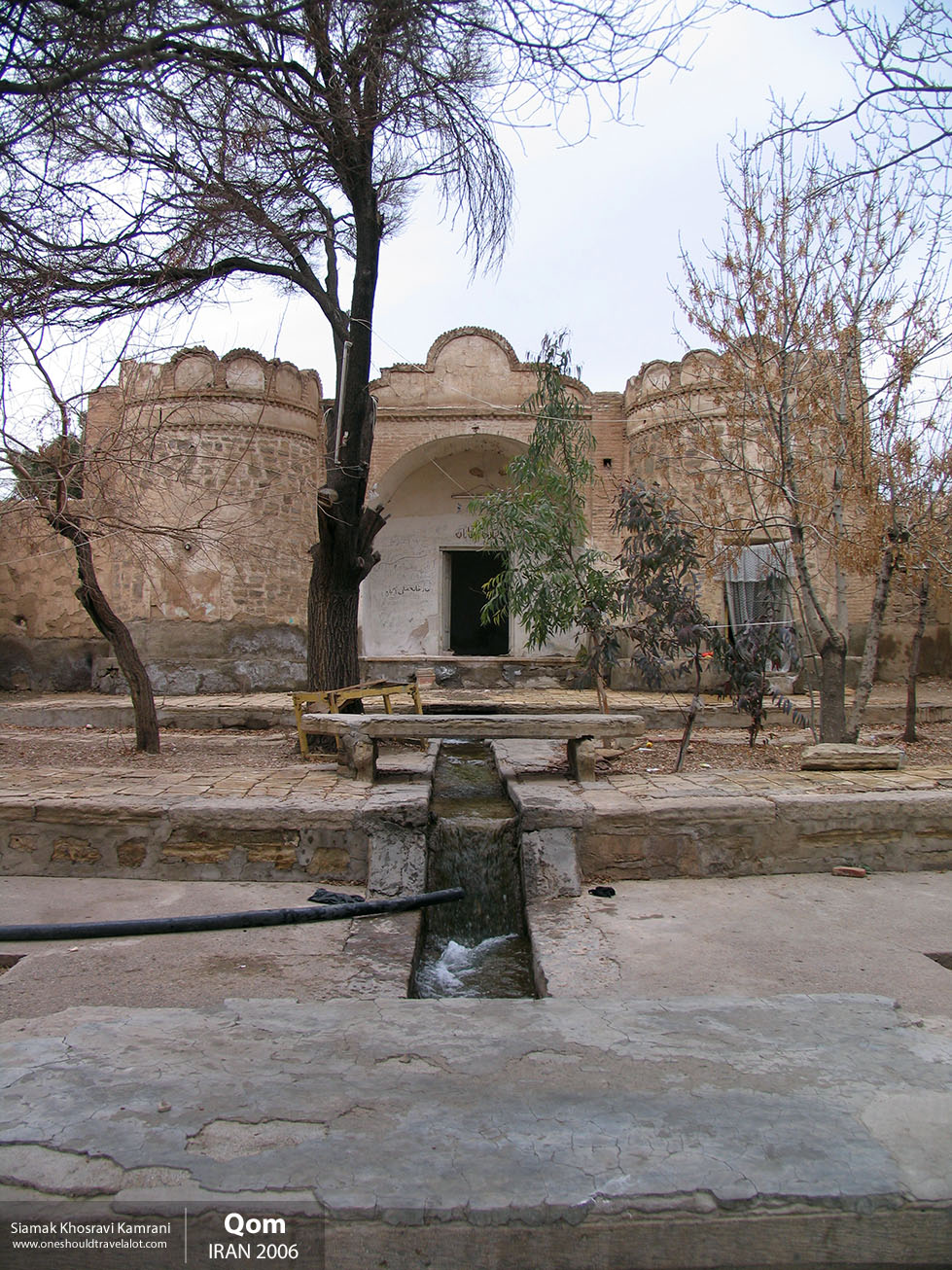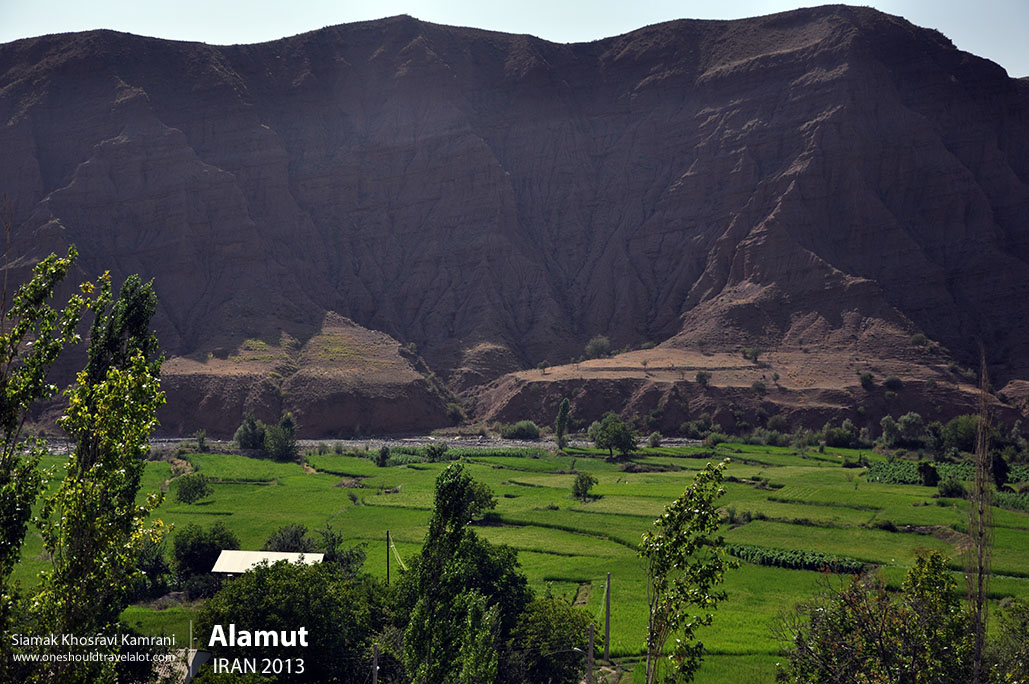Discovering the Hidden Gems of Jiroft: A Photographer’s Journey
A Journey to Jiroft, Iran
The allure of Iran has always been in its hidden gems and lesser-known treasures. As a young photographer, I yearned to explore the uncharted paths, the cities that resonated with history and culture yet remained away from the bustling tourist trails. Jiroft, a city nestled in the heart of Kerman Province, presented itself as an irresistible destination. Known for its archaeological significance and vibrant culture, Jiroft promised an adventure like no other.
First Impressions of Jiroft
Upon arriving in Jiroft, the first thing that struck me was the juxtaposition of ancient and modern. The city, surrounded by vast plains and mountains, exudes a charm that is both timeless and contemporary. The streets are lined with traditional markets and modern establishments, offering a glimpse into the city’s evolving landscape.
The standard of living in Jiroft appeared modest yet comfortable. The people of Jiroft, known for their warmth and hospitality, welcomed me with open arms. It was evident that the city thrives on a strong sense of community and cultural pride. As I settled into my accommodations, a cozy guesthouse adorned with local art and crafts, I felt a sense of excitement and anticipation for the days ahead.
Immersing in the Local Culture
Jiroft is a melting pot of cultures and traditions. The city is predominantly Persian, with a significant influence of the Baluchi ethnic group. The local language is Persian, but you will often hear Baluchi and other regional dialects spoken in the bustling markets and streets. This linguistic diversity adds to the city’s rich cultural tapestry.
The local cuisine is a reflection of this cultural blend. I indulged in dishes like “Fesenjan,” a rich pomegranate walnut stew, and “Kebabs” seasoned with local herbs and spices. The flavors were an explosion of taste, and each meal was a culinary journey in itself. The traditional tea houses, where locals gather to share stories over steaming cups of tea, became my favorite spots to relax and absorb the city’s ambiance.
Exploring the Archaeological Wonders
Jiroft is famously known as the cradle of an ancient civilization, often referred to as the Jiroft Culture. The city’s archaeological significance cannot be overstated. The excavation sites, particularly the Konar Sandal site, have unearthed artifacts that date back to the Bronze Age, suggesting a civilization that predated the Mesopotamian era.
As a photographer, capturing these historical marvels was a dream come true. The intricate carvings on stone vessels, the remains of ancient structures, and the breathtaking relics of a bygone era were a testament to the city’s rich history. The Jiroft Museum, housing many of these artifacts, provided a comprehensive overview of the region’s archaeological heritage. The museum’s curator, a knowledgeable and passionate individual, shared fascinating stories about the discoveries and their significance.
The Natural Beauty of Jiroft
Beyond its historical and cultural allure, Jiroft is also a city of immense natural beauty. The Halil River, which flows through the city, adds a touch of serenity to the landscape. The riverbanks, dotted with lush greenery and traditional settlements, offered perfect spots for capturing the essence of rural life.
The Jebalbarez Mountains, located to the north of the city, presented an opportunity for adventure and exploration. Hiking through the rugged trails, I was rewarded with panoramic views of the city and its surroundings. The pristine beauty of the mountains, with their diverse flora and fauna, was a photographer’s paradise. The local guides, well-versed in the terrain and its stories, added a layer of richness to the experience.
Engaging with the Local Community
One of the highlights of my journey was the interactions with the local community. The people of Jiroft are known for their craftsmanship, particularly in pottery and weaving. I visited several workshops where artisans skillfully created beautiful pottery, often adorned with intricate designs inspired by ancient motifs. Watching these craftsmen at work was mesmerizing, and I couldn’t resist purchasing a few pieces as souvenirs.
The city’s markets, bustling with activity, offered a sensory overload of sights, sounds, and smells. From fresh produce to handmade crafts, the markets were a reflection of the city’s vibrant culture. The locals, always eager to share their stories and traditions, made me feel like a part of their community.
The Festivals and Celebrations
Jiroft’s cultural calendar is filled with festivals and celebrations that showcase the city’s rich heritage. I was fortunate to witness the Sadeh Festival, a mid-winter celebration dedicated to fire and light. The festival, marked by bonfires, music, and dance, was a spectacular display of the city’s traditions. The locals, dressed in colorful attire, participated in the festivities with fervor and joy.
Another notable celebration was the Jiroft Summer Festival, which highlighted the region’s agricultural bounty. The festival featured local produce, traditional music, and dance performances, offering a glimpse into the city’s agrarian lifestyle. These festivals provided ample opportunities for capturing vibrant and dynamic photographs, each frame telling a story of its own.
Reflections on Jiroft
As my journey in Jiroft came to an end, I reflected on the experiences and memories I had gathered. The city, with its rich history, cultural diversity, and natural beauty, had left an indelible mark on my heart. Jiroft is a place where the past and present coexist harmoniously, offering a unique blend of experiences that are both enriching and inspiring.
For any traveler or photographer seeking to explore the hidden gems of Iran, Jiroft is a destination that promises to captivate and enchant. Its stories, etched in the annals of history and the hearts of its people, are waiting to be discovered and shared.



